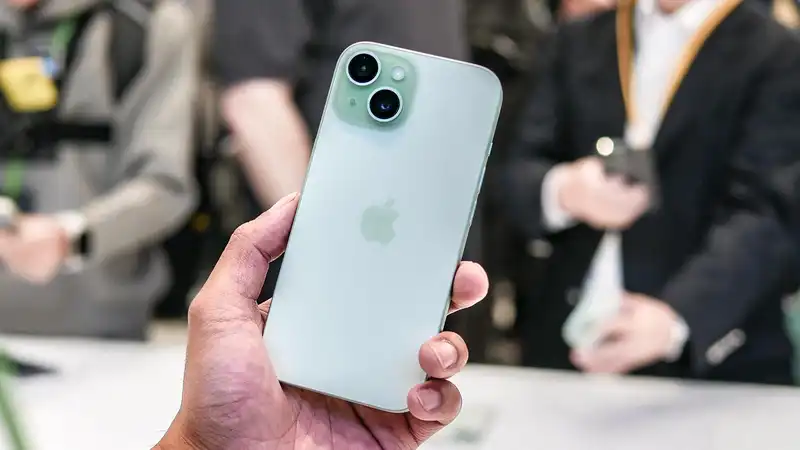When it comes to DIY repairs, Apple has made amazing strides in the past few years. Historically, the company has been pretty strict about who it would allow to repair iPhones and other Apple devices. I still find it rather strange when I see some of Apple's DIY repair tools being praised.
iFixit examines Apple's diagnostic software tool released last December to comply with New York's latest Right to Repair law. The tool opens in a web browser and allows users to diagnose hardware failures through a series of validation tests, helping to pinpoint where the problem lies.
iFixit found that while the tool is genuinely useful for repairs, it has some limited functionality. iFixit reports that the diagnostic tool is "just barely usable for repairs." The main reason for this is that it is inconsistent.
In some cases, the tool actually directs users to Apple's support page, along with tips on how to fix the problem. In other cases, however, you might be told that one of Apple's parts is not genuine or has not been verified by Apple's "parts pairing" software. [iFixit found that the entire Tools page goes blank, and the only way around it is to put the iPhone back into diagnostic mode, restart it, and then open a browser tab in incognito mode. Not an ideal situation.
iFixit notes that the state of the tool seemingly reflects Apple's attitude toward self-repair. It's enough to show that it's doing something, but not yet enough to make it a truly useful tool.
That said, there are many positive aspects, and the site is "cautiously optimistic" about the diagnostic tool's capabilities. One example of this is that the tool can be used to check the degree of repair potential without actually opening the iPhone and inspecting everything manually. Similarly, anyone buying a used cell phone can check to see if all components are working as expected.
Third-party repair shops would be best served by this tool, which can diagnose problems regardless of what the customer has told them. After all, the public is not all technical geniuses, and the way they describe problems may not be detailed enough to solve them on their own.
In an ideal world, there would be no component pairing problems that would cause problems. Let's hope that despite Apple's objections, the rest of the world will follow Oregon's example and try to outlaw this particular practice.










Comments